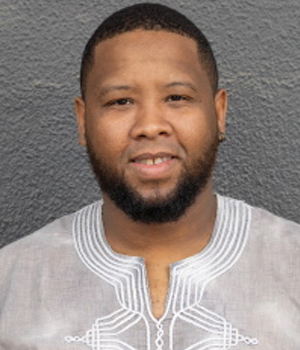 Hairstory: Exploring Coloured Students’ Experiences and Expression of Identity at a Historically White Institution
Hairstory: Exploring Coloured Students’ Experiences and Expression of Identity at a Historically White Institution
Westley completed his Master’s in Psychology. His research examined whether and in what ways students who identify as Coloured ascribe to whiteness at a Historically White Institution (HWI) today, particularly concerning embodied markers of identity, and what factors contribute to their decision to ascribe to or reject whiteness. More specifically, the study gives a phenomenological account of the experiences of ten (10) self-identifying Coloured students at Stellenbosch University and describes the bidirectional interaction between their external features (hair texture and skin colour) and the construction of their identity in a space still characterized by a white cultural ethos.
Based on the analysis of the data, the findings show that self-identifying Coloured students do experience pressure to appropriate whiteness through alternation and assimilation, thereby gaining social capital for a better social experience. They also realize, however, that the pursuit to be white is unattainable and causes an internal conflict or double consciousness in the Coloured self. Some resolved this ambiguity in their identity through a critical reflection of the value systems they inherited and by embracing their natural hair, which facilitates a transition into the true/real Coloured self. I contend that an inability to critically engage with subjects like hair prejudice, colourism, and historical pain that is perpetuated through external markers within Coloured communities and white spaces will add further contention to an already complex social identity.
The study’s findings contribute to the growing body of literature on the construction of Coloured identity, in particular adding to the paucity of literature on Coloured identity construction at HWIs. Furthermore, it adds to the knowledge about the perpetuation of colourism and hair prejudice in the post-apartheid South African context. To reduce any individual to their hair texture and skin complexion, or to say that these embodied markers of identity are the only identifiers that constitute identity, is essentialist and racist at best. However, failure to recognize the role that such external markers play in the process of identity formation would be a serious omission. It is thus important to reflect on external markers to dismantle whiteness and promote inclusivity at historically white institutions.
Supervisor: Dr. Melike Fourie
Email: ceasarw@live.com Contact: +27 21 808 4047